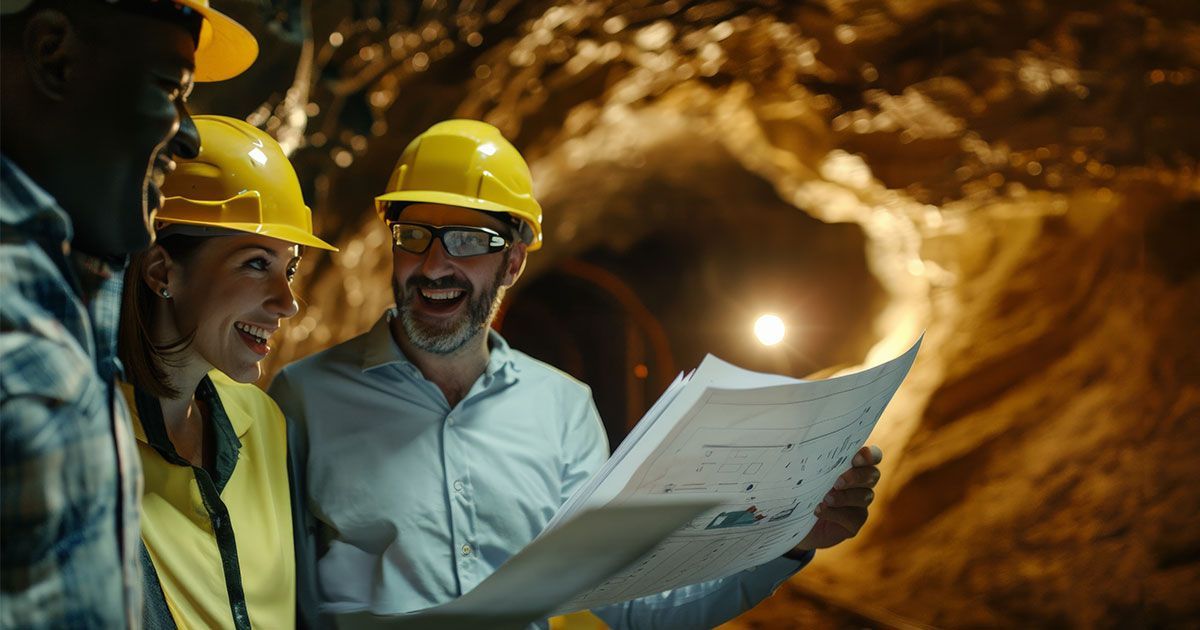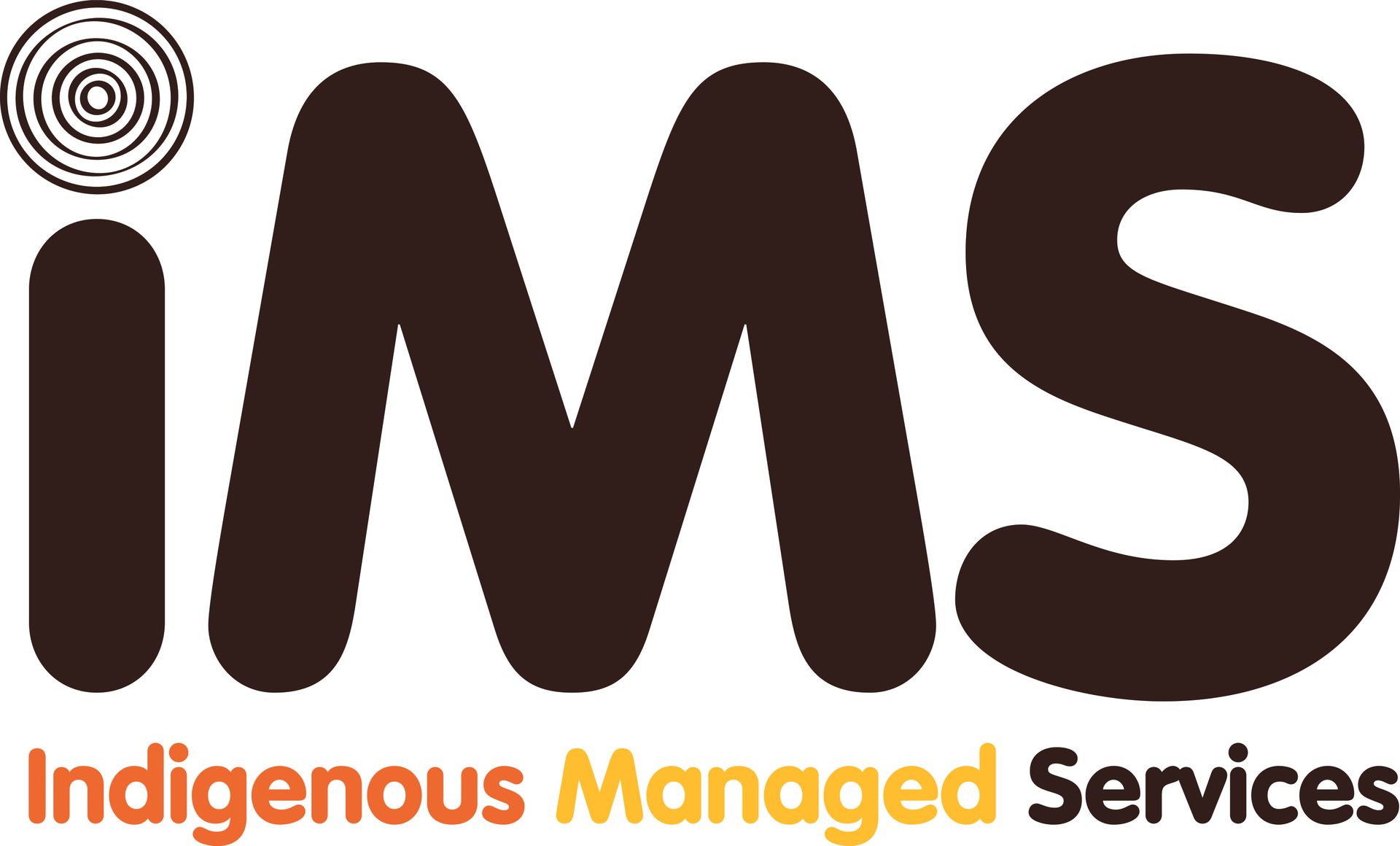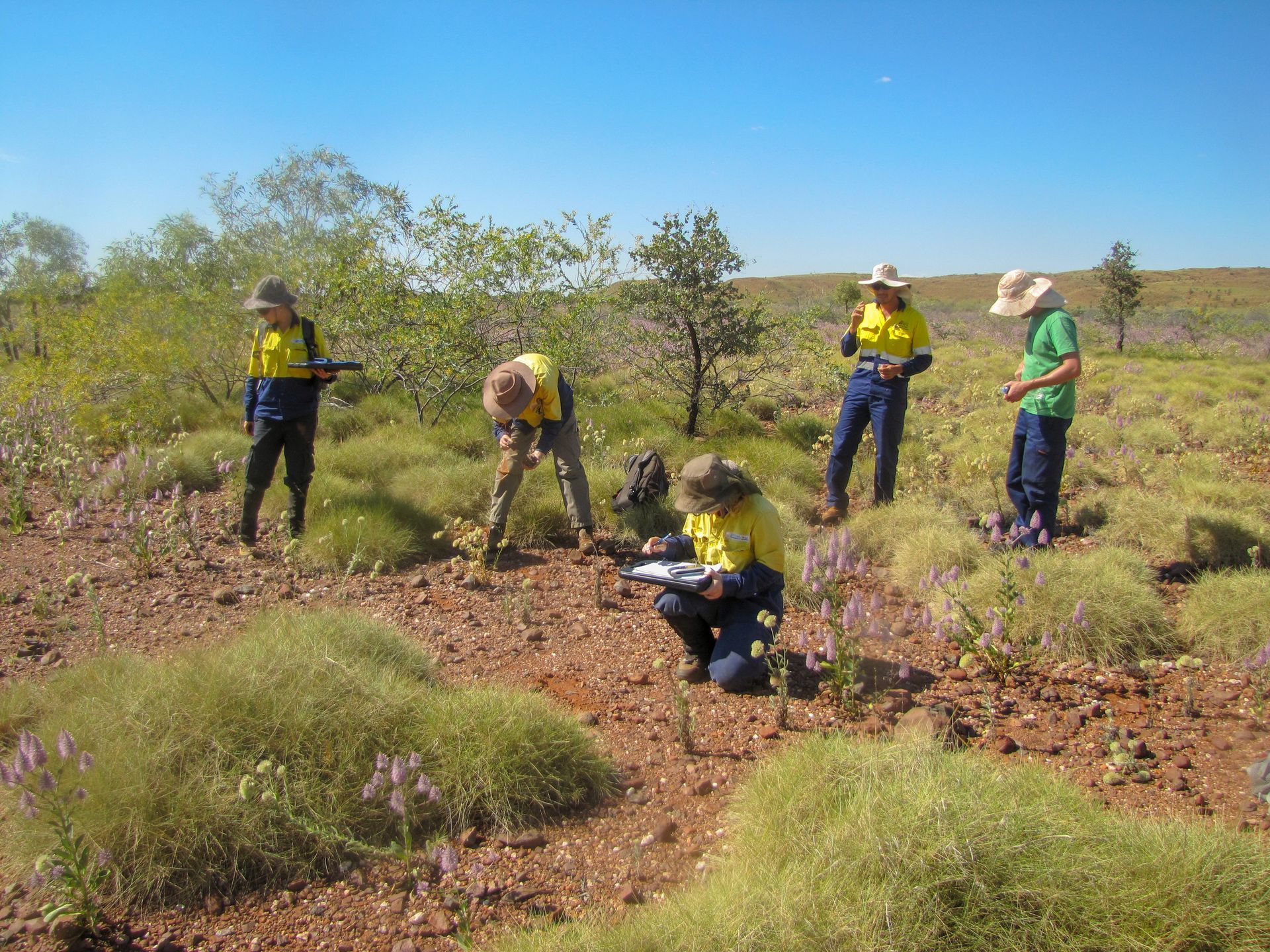Bridging the Skills Gap: Strategies for Attracting and Retaining Top Mining Talent

The mining industry stands at a critical point, facing a talent shortage of unprecedented scale and urgency. The work environment is changing, with more focus on automation and digital skills. At the same time, global demand for essential commodities such as lithium, iron ore, and copper grows. Talent is more crucial than ever, but finding and keeping skilled workers is difficult. Indigenous mining labour hire can help address immediate workforce shortages by tapping into underrepresented talent pools.
Why Miners Feel the Pressure
Traditionally, mining value came from commodity prices, ore quality, and equipment reliability. Now, talent is a true value driver.
According to research, 71% of mining leaders find talent shortage limits their ability to meet production targets. Also, 86% of mining executives report that recruiting and keeping talent is harder than two years ago, especially in specialised areas like mine planning and data science. Indigenous Labour Hire options can support these specialised roles by providing reliable and skilled team members.
The industry faces other challenges. Enrolment in mining engineering programs has fallen significantly; for example, Australia saw a 63% drop since 2014, and the United States a 39% decrease since 2016.
Strategic Actions to Change the Trend
Mining companies must act before talent problems further harm industry performance. Here are four areas to focus on:
1. Treat Talent as a Strategic Pillar:
Talent should be a strategic focus alongside safety, production, and cost. A full talent strategy should address workforce planning, attrition rates, and talent sources.
Identifying roles and abilities that create value is crucial. This means treating talent as an executive-level item, not just an HR concern. A strong, data-driven employee value proposition should extend beyond pay to include overall employee experience, mobility options, and capability development. Including Indigenous engagement programs in talent planning can also expand workforce diversity and inclusion.
2. Improve Workforce Training and Development:
Improve capability development beyond standard training. Companies should focus on career progression and diversify their workforce. Creating an inspiring workplace culture can attract the best talent. Indigenous Hospitality services can be a valuable contributor to supporting a culturally rich and inclusive workplace environment.
Investing in leadership skills is also important, as poor leadership drives people to leave. Not to mention, companies should support continuous learning and development throughout careers.
3. Use Technology to Support Workforce Training:
Digital transformation can make mining more appealing to young talent. Investing in technology-driven training can close skills gaps. Modern training methods, such as platforms like LAAMP, make mining more attractive to new recruits through features like facial verification, practical assessments, digital evidence capture, and immersive technologies like augmented reality. These methods are suitable for all service areas, including Indigenous Engineering services, which demand modern technical expertise.
4. Align with ESG and Sustainable Practices:
Mining companies must show commitment to ESG standards. Implementing sustainable practices and scaling renewable energy on site can improve the industry's image. Being transparent and accountable in addressing ESG issues is vital. Partnerships with Indigenous Industrial services can strengthen sustainability commitments through local collaboration and responsible resource use.
Employee Engagement is Crucial for Success:
In mining, employee engagement is a cornerstone for achieving safety, productivity, and retention. Engaged employees are more likely to follow safety rules, offer new ideas, and stay committed despite tough conditions.
- Impact on Safety and Productivity: Research shows companies with engaged employees have up to 70% fewer safety incidents and 18% higher productivity.
- Influence on Employee Retention: Organisations prioritising engagement have lower turnover rates, leading to a stable and experienced team.
- Role in Community and Corporate Responsibility: Mining companies have a big responsibility to care for the environment and support communities. Strong corporate responsibility programs give employees a chance to give back, which helps keep skilled employees.
Key Strategies for Better Employee Engagement
These strategies help create a positive and supportive work environment:
- Building a Strong Health and Safety Culture: Making employee wellbeing a priority keeps workers focused and motivated. This includes regular safety training, clear communication of safety updates, and policies that prioritise safety over deadlines.
- Career Development and Upskilling Opportunities: Helping employees learn and grow keeps them motivated. This involves teaching new skills for more responsibilities, showing clear career paths, and offering training on the latest mining tools and technology.
- Recognition and Reward Programs: Acknowledging hard work boosts employee satisfaction. Companies can offer bonuses for safety, extra time off for outstanding performance, and celebrate team and individual achievements.
- Community Engagement and Corporate Social Responsibility: When employees see their company helping others, it increases their pride and connection to the job. This involves including workers in local projects and environmental efforts, and letting employees lead community projects.
Technology's Role in Attracting Talent
Digital innovation is critical for attracting younger generations to mining.
- Automating remote working across mining operations means employees no longer need to be on site permanently.
- Centralised control centres near major population hubs reduce the need for remote work, improving sustainability and attracting new employees. Digitalisation also offers real-time remote control and decision-making through smartphones and tablets.
- Virtual and augmented reality improve learning with process simulation in lifelike 3D environments. Digital tools provide field workers with essential data on operations, maintenance, and equipment diagrams, helping safety.
- Today's emerging talent wants work that is environmentally and socially responsible. According to the Energy, Oil & Gas Magazine, 70% of millennials say a company's solid sustainability strategies influence their desire to work there, and 47% want to make a positive impact on society.
Looking Ahead
The mining industry's talent challenge is a pressing matter that needs immediate action. By treating talent as a strategic priority, improving workforce training, and aligning with ESG practices, mining companies can change trends for the better. Empowering the future workforce helps the continued success of the mining industry.






